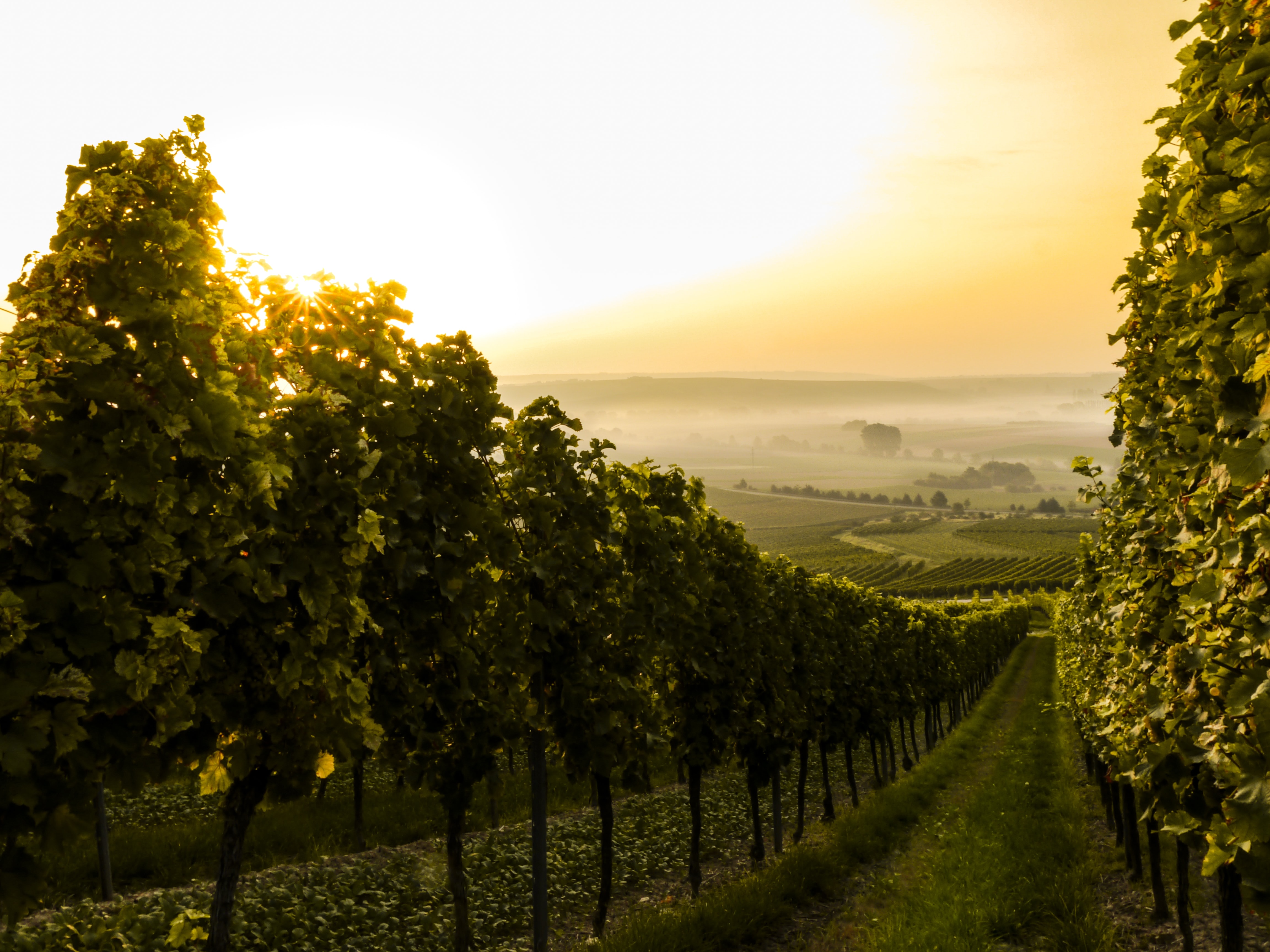Sulfites are being reduced by winemakers without sacrificing quality

Sulfites are being reduced by winemakers without sacrificing quality
May 24, 2022, 3:05 pm
When it comes to wine, sulfites are a group of sulfur compounds in their most basic form. They are organic and natural, being developed throughout the fermentation process. Most vintners also add them throughout the winemaking process to help protect and stabilize their wines.
In recent years, there has been a surge in consumer and producer interest in low-sulfite wines. Many producers now believe that sulfites are only required in trace amounts.
Even before winemakers add additional during the production process, all wines contain some sulfites. Sulfites are crucial for conserving wine, preventing rot, functioning as a barrier against oxidation, and eliminating active yeast, but the level at which they were previously used is no longer necessary due to scientific advances.
Others are lowering their sulfite levels in wine as they learn more about how they affect flavor and terroir expression.
Wine industry regulators are also pressing for sulfur reduction. Sulfur dioxide levels of up to 500 mg/L were allowed in all wines around the turn of the twentieth century. In Europe, certified organic wine is limited to 100 mg/L for reds and 150 mg/L for whites and rosés; in the United States, organic wine is limited to 100 mg/L for all.
More than anything else, technology has helped winemakers lessen their reliance on sulfur additives.
A new system called: The WineScanTM, may be set up to analyze wine quality criteria such as free and total SO2 in must, must in fermentation, and finished wine at the same time. It takes two minutes to complete the analysis. Machines start at roughly $25,000 and go up from there.
If reducing sulfite levels pushes producers to spend more time in the field and winemakers to pay more attention, it's a win-win situation for everyone.
